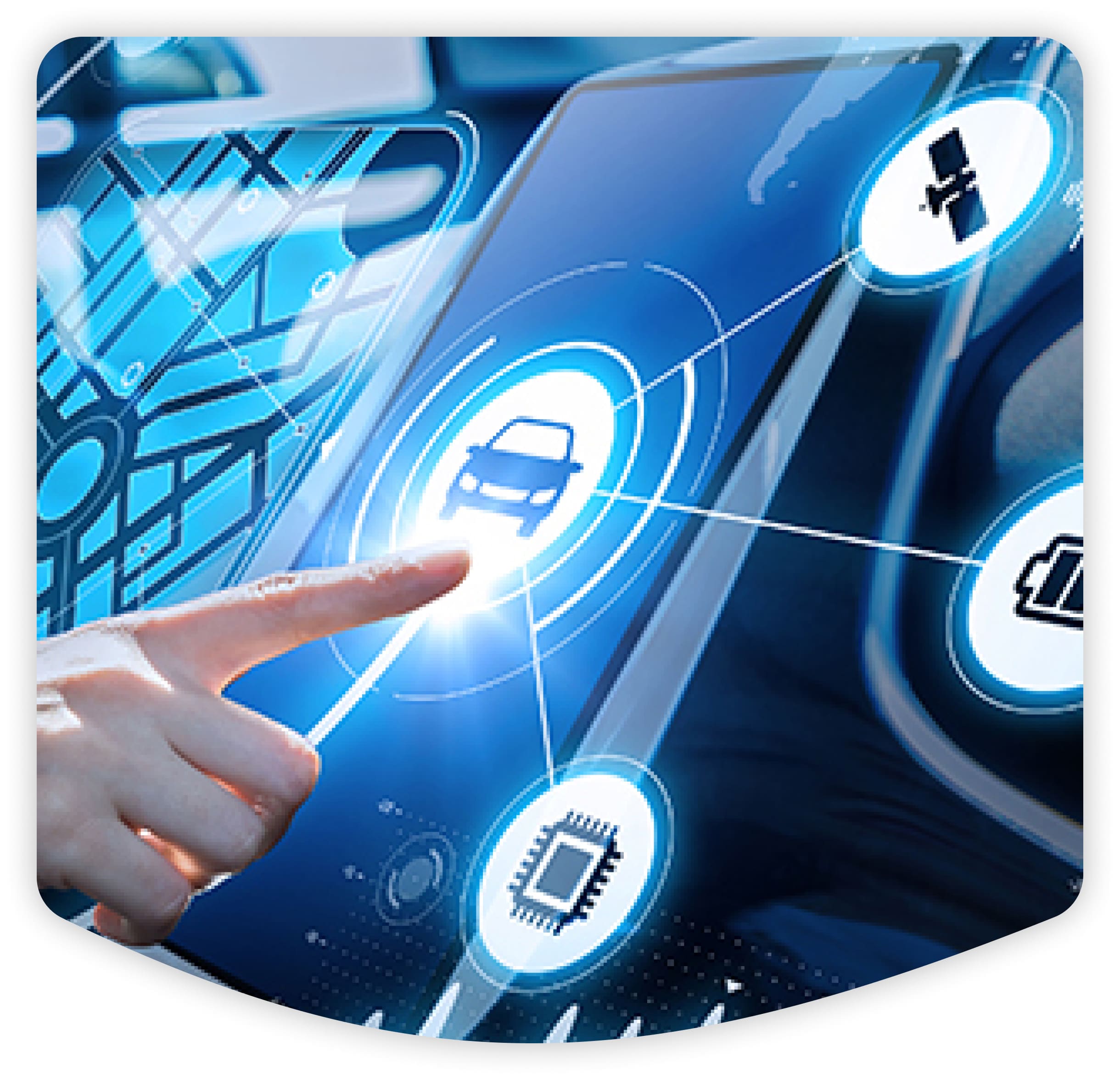Connected Vehicles
Telematics and Connectivity: Wireless communication technologies and protocols, such as 5G, Wi-Fi, and cellular, that enable data exchange between the vehicle and the outside world.
Vehicle-to-Vehicle (V2V) and Vehicle-to-Infrastructure (V2I) Communications: Technology that allows vehicles to communicate with each other and with roadside infrastructure, such as traffic lights, to provide real-time information about traffic conditions, road hazards, and other data.
Over-the-air (OTA) updates: Technology that allows software and firmware updates to be delivered to vehicles wirelessly, without the need for physical access to the vehicle.
Sensor Technology: Sensors and actuators that collect data from vehicles and the surrounding environment, such as GPS, cameras, and accelerometers.
Big Data and Analytics: Data processing, management, and analysis techniques, including machine learning and artificial intelligence, to process and make sense of the vast amounts of data generated by connected vehicles.


Cybersecurity: Principles and best practices for protecting vehicles and their data from cyber threats, including encryption and secure communication protocols.
Software Development: Programming languages and software development methodologies, such as C++, Python, and Java, and Agile and DevOps, that are used to create and maintain connected vehicle software.
User Experience (UX) Design: User-centered design principles and methodologies for designing and testing user interfaces for connected vehicles.
Embedded Systems: Expertise in embedded systems and real-time operating systems, and experience in developing software for these platforms.
Advanced Driver Assistance Systems (ADAS): Technologies, such as lane departure warning, adaptive cruise control, and automatic emergency braking, that assist drivers in operating vehicles safely and efficiently.
